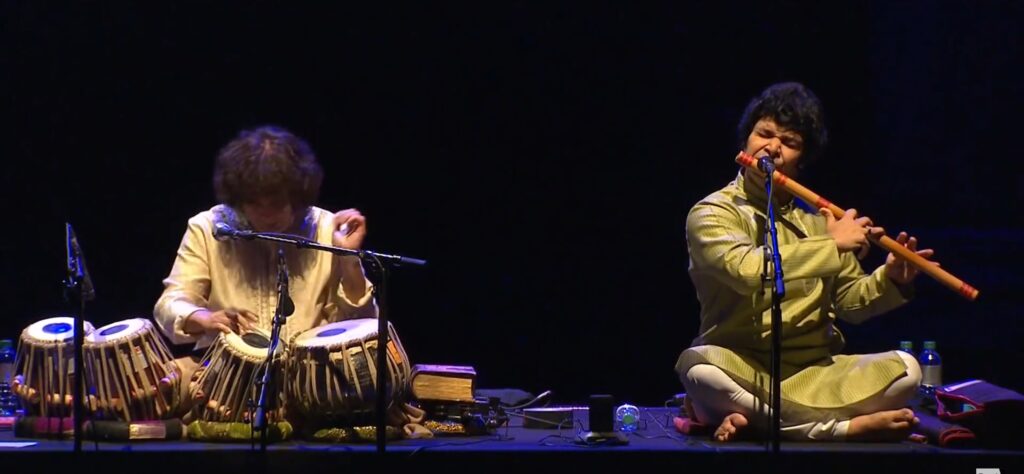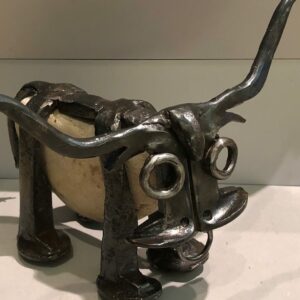Namaste, Dear Music Lover,
In this article, I want to explore interactions of artists and society at large. Do art and society ever exist at cross purposes, or is art merely a reflection?
This is a rather lengthy essay, and I will update it with illustrations and a few links to relevant background info. in the next few weeks. So please check this post again later, and thank you for your patience. I have precious little time for these posts because I’ve been busy doing what I love best: music! I wouldn’t b.s. anyone on that account. (I feel a Texas, USA aspect sneaking into this post.)
My web admin will add the add’l items as their schedule allows (I suppose they have other clients, lol). I must confess again: T-Mantra Music is no corporate behemoth. I fund this blog-site out of my own pocket (purse) and we survive partly on the good graces of local and distance volunteers (who’re coincidentally Hindi film music lovers and moreover, our devoted fans). We don’t have any corporate support just yet—and we’re fine with that. This is no fly-by-night endeavor (though we do sporadically fly at night to/between engagements).
Is art a productive enterprise? What constitutes art vs. commerce and are they mutually exclusive—in other words, does popularity simply function as a de facto arbiter of merit and ultimately, a vehicle for any lasting artistic value for posterity? Some say: art is life… others: living is an art. What point(s) of departure pique(s) your interest? Can you pin them down?
Whew, that was a major bangled-up shipment of asks. Let’s set sail to the Channel Islands and explore more perspectives for best understanding.
Profitable or not, performing arts (dance, music, theater) are time-proven contributors to cultural and even historical legacy[reference(s) needed]. In the eastern hemisphere’s (greater Asia’s) literary traditions, odes and adventures as well as light musical entertainment (and, it seems, dance and obviously, theatres) are as ancient as mankind.
Little of the “folk arts” of truly ancient eastern traditions survives, but examples exist of timeless pursuits like bespoke royal celebrations, matrimonial dances and entertainments that are not unlike present-day Hindu raags (musical cycles or in Tamil: இசை வெளிப்பாடுகள்) plus Karnatic Naṭaṉaṅkaḷ (dances or நடனங்கள்) of southern India.
Here is a short contemporary piece depictive of ancient Asian music of Asia. I note the dominance of string instruments not entirely dissimilar to those like the shamisen of Japan (although ancient Japan was known more for its isolationism than trade at a seaport), and the gong (or tam-tam) of China, a powerful percussion instrument that has survived many centuries and became a mainstay of Western European classixal tradition as well.
Ancient Asian Music – Ancient Wharf by Derek Feichter. Obviously this piece is a fanciful composition meant to evoke the mysterious ethos of a wharf or ship’s docking station when trade as we know it was perhaps in its infancy. The basic idea was perhaps closer to pirates’ den than commercial trade enclave, but apart from the philosophy of whodunnit I think this short piece does evoke a sense of wonder, using elementary polyphony and counterpoint—which many western scholars attribute solely to their traditions as if no one east of the Caucuses Mountains thought to have more than one melodic instrument playing at a time.
Due to a lack of sound recordings (obviously, a bona fide western technological innovation of the so-called 20th century—Christianity coldly proclaimed Earth’s origin 100 years before the birth of its Lord Jesus of Nazareth).
I’m not writing this to proclaim anything about the comparative theological or social merits of any particular religious movement(s), however we must not deny the lasting effects of world religions like Hinduism, Islam, Judaism and Christianity on music! Both Judaism and Hinduism have very ancient vocal traditions, and all that remains in the historical record concerning very-ancient vocal music are texts. Their interpretation and performance are certainly only guessed at today. Perhaps dance depictions (from Chinese and Egyptian graphical imagery often carved in stone) we at least know that dance was a very ancient court phenomenon.
From its etymology as found in Wikipedia:
The name ‘Carnatic‘ or ‘Karnatic‘ is originally a Tamil word: ‘Karai‘ (கரை in Tamil, or in Bengali: তীর) meaning ‘shore‘ plus ‘nataka‘ (நாடக in Tamil, and in Bengali থিয়েটার) meaning dance/theater.
In ancient Africa, Dance and Theater were nearly synonymous (like traditional cultural celebrations and depictions, so to speak).*
*Source: Notes from a pre-performance lecture at an African ancient stories and ceremonies pageant (presented at Lula Washington Dance Theatre, Los Angeles, 26-11-2011, as noted by one of my web staff who attended).



